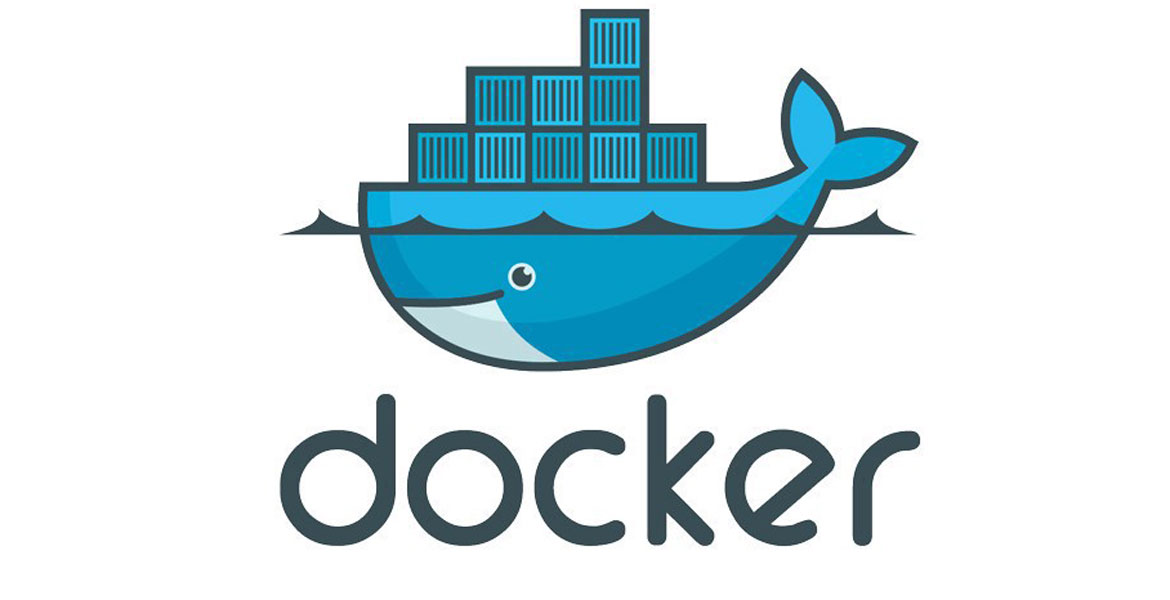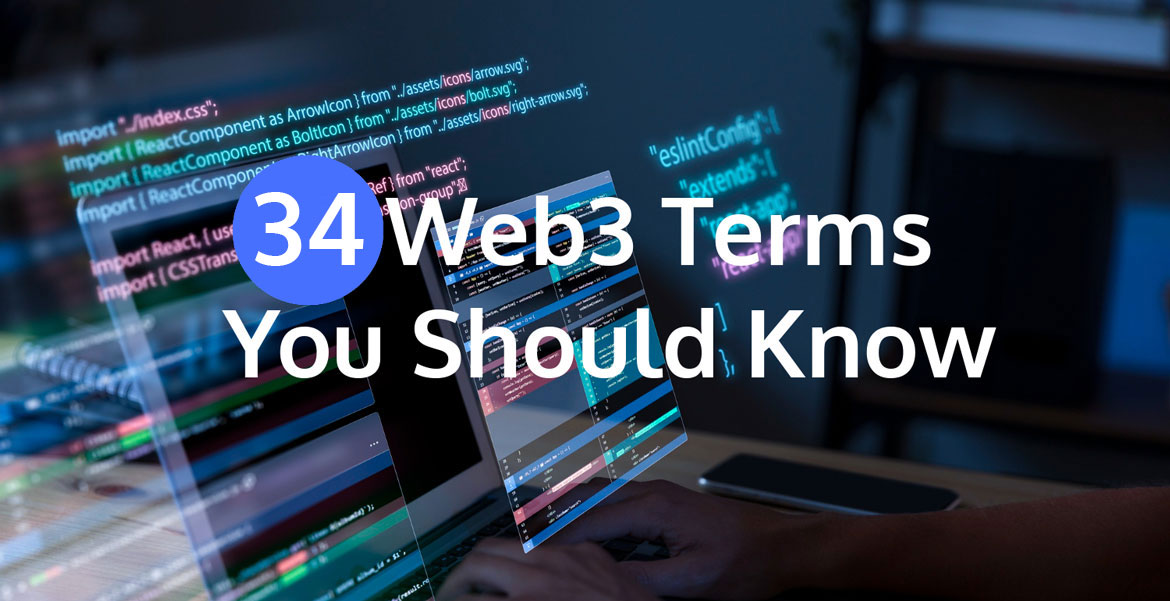Business results are not why personalization is important, people are.
A human-centered approach to value creation is key
In an era in which data analysis drives strategy, it’s easy to lose sight of the fact that each unique visitor, page view, goal conversion, sale, and marketing automation ID has a person behind it. And with personas and segmentation initiatives used to create customer profiles and group “like profiles” together, it’s effortless to forget that, in reality, people are a segment of 1 in which one person’s values, motivations, tastes, desires, and interests are unique and altogether different from those of the next person.
While demographic, geographic, psychographic, behavioral, and benefit data can all be important in understanding the personalities, circumstances, and consumption patterns of those you create value for, what’s often missing is a deeper level insight into the specific interests, decisions, and intentions that individuals have, all of which dynamically change over time.
Gaining a profound understanding of each person’s true interests as well as the information they’re looking to obtain and the problems they’re seeking to solve is key to providing value that ultimately helps them achieve their goals.
Since people naturally turn to the internet and search engines in order to conduct research on their passions and predicaments, understanding each person’s digital body language can unveil insights foundational to personalizing value creation for that unique, incomparable, one and only, individual.
AI-powered content personalization facilitates the customer journey
With recent developments in the fields of natural language processing, predictive analytics, and machine learning, sophisticated algorithms that make sense of content pieces, create actionable insights from engagement behavior, and automate content delivery enable marketers to understand deeper level insights about consumer interests and personalize content at scale.
One application of artificial intelligence to content personalization is through the use of natural language processing algorithms that crawl through companies’ blog posts, articles, and whitepapers and synthesize topics that are consequently tagged to each piece of content. This process takes unstructured data in the form of written sentences and structures it into topic-level data that gives meaning to each piece of content.
Then, when visitors engage with the content pieces, each visitor absorbs the topics that the content pieces are about, therein creating an “interest profile” of each visitor’s favored topics to consume. As each visitor continues to engage with additional pieces of content, the visitor’s interest profile updates based on the recency and frequency with which s/he consumes content on specific topics.
Content personalization takes place through algorithms that match the topics tagged to the content pieces with the topics the visitor is interested in, based on weighted probabilities in real time. In this way, firms can serve personalized content based on individuals’ interests in order to drive thought leadership and position the firm as a valuable and trusted resource through which visitors can gain information on topics of interest.
For the firms that advance personalization initiatives, business results often include increases in click through rate, improvements in the number of lead conversions that drive unknown to known visitors, and enhancements in content utilization percentages, often amounting to multiples of a positive return on investment.
Natural language processing algorithms tag content at scale, based on keywords and context words
By using natural language processing algorithms, firms can tag hundreds of thousands of pieces of content, almost instantaneously, with topic-level data that drives the content classification side of the personalization engine. The way this is achieved is by running such algorithms through content repositories so that the algorithms synthesize topics, based on keywords and context words, that are consequently tagged to each piece of content.
As an example, if your firm were to write a piece of content on the company Apple, the algorithms would recognize that the content piece is about “Apple” the technology firm rather than “apple” the fruit based on metadata, keywords, and context words used in the content. Identifiers such as “Cupertino”, “iPhone”, and “computer” increase the probability that the keyword “Apple” is referencing the company, whereas words such as “tree”, “pie”, and “Granny Smith” would increase the probability that the keyword “apple” is referencing the fruit.
If the tagging process is performed correctly, the result will be a content repository in which every content piece is tagged with the appropriate words, weighted based on how relevant each topic is to each content piece. For instance, a content piece that briefly mentions Apple might yield an Apple-tag weighting of 6/100 or no tag at all, whereas a content piece that is focused on Apple might yield an Apple-tag weighting of 97/100.
With this said, using natural language processing algorithms to tag content is not always without challenges. In order for such an initiative to be successful, the algorithms must have a database reference that contains the verbiage that the content employs while the content must have a format that can be understood by machines.
Issues arise when niche content that uses esoteric language has no reference in the algorithms’ databases and when content pieces lack enough words for the algorithms to synthesize meaning correctly. Additionally, content pieces might mistakenly be associated with tags that the content is not actually about.
The good thing is that all these issues can be mitigated. Additional encyclopedias and databases can be added to ensure coverage of niche topics, under-expressive content pieces can be enriched with descriptive metadata, and patterns of mistakenly tagged data can be scrubbed in aggregate. The end result? A taxonomy of content topics along with correctly tagged content that heightens precision in content understanding and future personalization.
“Interest profiles” drive a deep understanding of people’s interests and intent, fueling content personalization
In the words of an AI executive who transformed the meaning of Oscar Wilde’s quote: “you are what you read”, meaning that the content people consume is indicative of their interests and the decisions they are seeking information on as well as predictive of their future purchase intent. Thus, if we create visitor profiles that capture the interests of people based on their content consumption, we can identify their inclinations and intentions and use this to personalize content going forward.
The way this is possible today is by cookie’ing visitors upon site visit and associating the tags from the content they are reading about with their cookie IDs, therein creating “interest profiles” of each visitor’s favored topics to consume, weighted based on how recently and frequently the visitors consume content on specific topics. Using a financial services example, an unknown visitor might visit an asset management firm’s website and read a piece of content on “Small Cap Investments”, then a piece on “Best Investments in Emerging Economies”, then a piece on “Top Equity Investments for 2020”, and finally a piece on “Equity Investments in China.” Each time the visitor consumes a piece of content, s/he absorbs the topic tags the content is about which, in this case, results in an interest profile that indicates an interest in small cap equities within emerging markets, specifically China.
With knowledge of the asset class and fund type the visitor is interested in, the asset management firm can personalize content based on an intersection of probabilities in which content with descriptive tags is served to visitors with corresponding interest profiles.
Similar to what we saw with using natural language processing algorithms to tag content at scale, personalization based on interest profiles is not without challenges as well. Issues can arise when a first time visitor does not have an interest profile or when a visitor removes cookies from previous sessions. Such issues can be mitigated by pre-populating interest profiles with neutral topic interests as well as by data stitching one profile to another for a visitor that has multiple cookie ID’s. When performed correctly, the result is a deep understanding of each consumers’ interests and content personalization tailored to each individuals’ preferences.
2 AI-powered personalization use-cases that illuminate potential benefits
Fortune 500 B2B Technology Company
Problem: with over 90 product lines, it was difficult to funnel prospects and customers to the respective products that would help them solve their business problems. Additionally, the firm’s goal was to increase the number of leads generated and make use of the content it had already put dollars behind to create but that had not received much engagement.
Solution: content personalization on the company’s blog that recommended personalized content that aligns with each visitors’ unique interests. As the visitors clicked through the top of funnel content they are interested in, the algorithms gained a better understanding of each individual’s interests and eventually served middle funnel and bottom funnel whitepapers and product pages that aligned with visitors’ interests and contained lead capture forms to convert visitors from unknown cookie ID’s to known contacts.
Results:
- 50% increase in content utilization
- 280% increase in click through rate
- 160% increase in leads generated
Global Asset Management Firm
Problem: with an array of fund offerings, it was difficult to funnel investors to the appropriate funds and bounce rates on their blog were substantial. Additionally, the firm wanted to understand the investment interests of retail and institutional investors in order to enable their sales team to determine the appropriate asset classes and fund types to pitch.
Solution: content personalization on the company’s blog that dynamically segmented visitors based on the asset classes and fund types they sought information on. Additionally, predictive analytics data based on the content consumed enabled their sales team to pitch funds that aligned with investors’ interests.
Results:
- 100% increase in content utilization
- 60% increase in click through rate
Want to receive updates on topics including Personalization, AI, and Digital Transformation directly to your inbox? Subscribe below!













